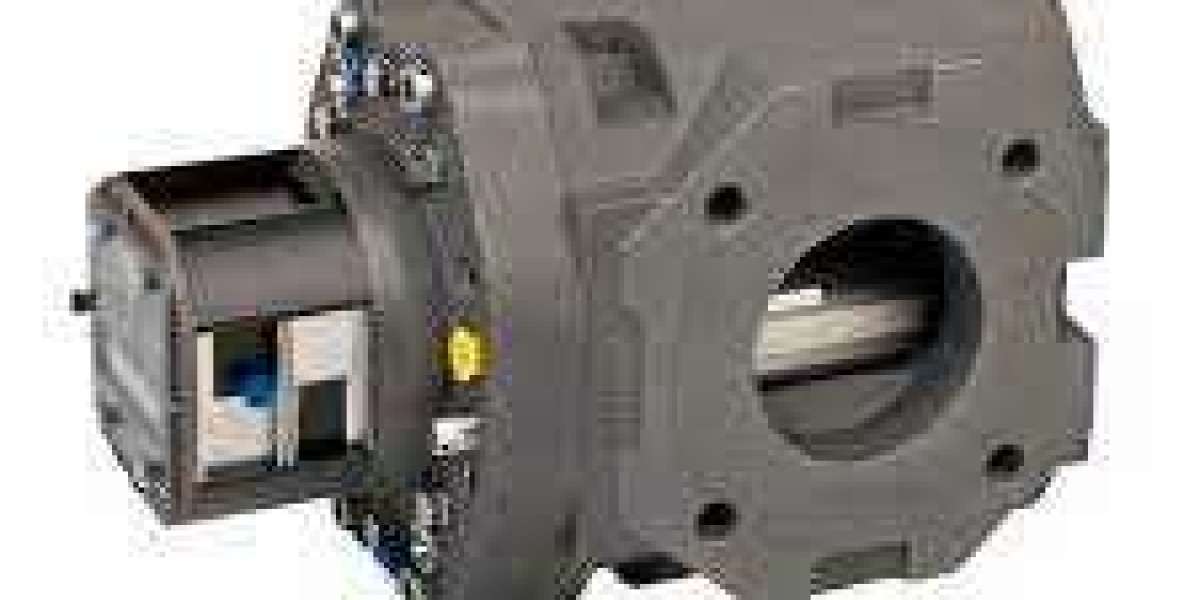What is an RPD Meter?
An RPD meter is a type of metering device designed to remotely capture and transmit data related to resource consumption. The term "Remote Pulse Data" refers to the meter's capability to send pulse-based data remotely, allowing for accurate and timely monitoring without the need for manual readings.
RPD meters are commonly used in utility management systems to monitor various resources, such as:
- Electricity: Measuring the consumption of electrical energy.
- Water: Tracking water usage in residential, commercial, and industrial settings.
- Gas: Monitoring gas consumption for heating and cooking purposes.
How Does an RPD Meter Work?
1. Pulse Generation
An RPD meter operates by generating electrical pulses that correspond to the amount of resource consumed. For example, in an electricity meter, each pulse might represent a specific amount of energy used, such as one kilowatt-hour. The pulses are produced by the metering mechanism and recorded by the device.
2. Data Transmission
The key feature of an RPD meter is its ability to transmit data remotely. This is typically achieved through communication technologies such as cellular networks, radio frequency, or Internet-based systems. The transmitted data includes the number of pulses generated, which is then converted into resource consumption metrics.
3. Data Collection and Analysis
The transmitted data is collected by a central system or utility provider. Advanced software platforms analyze the data to provide insights into resource usage patterns, billing information, and potential issues. This real-time data collection allows for more accurate monitoring and management of resources.
4. Remote Monitoring
With RPD meters, utilities can perform remote monitoring of resource consumption without needing to send personnel for manual readings. This capability enhances operational efficiency, reduces labor costs, and improves the accuracy of billing.
Key Features of RPD Meters
1. Remote Data Transmission
RPD meters are equipped with communication modules that enable remote data transmission. This feature allows utilities to access consumption data from a distance, facilitating timely updates and reducing the need for on-site inspections.
2. High Accuracy
RPD meters offer high accuracy in measuring resource consumption. The pulse-based measurement system ensures precise recording of usage, which is crucial for accurate billing and effective resource management.
3. Real-Time Monitoring
The ability to perform real-time monitoring is a significant advantage of RPD meters. Utilities can receive instant updates on resource consumption, detect anomalies, and respond to issues promptly.
4. Data Logging
RPD meters often include data logging capabilities, which allow for the storage of historical consumption data. This information can be used for trend analysis, performance evaluation, and identifying patterns over time.
5. Integration with Smart Systems
Many RPD meters can be integrated with smart systems and energy management platforms. This integration enhances the functionality of the meter, enabling advanced features such as dynamic pricing, demand response, and predictive maintenance.
Benefits of RPD Meters
1. Improved Efficiency
RPD meters significantly improve operational efficiency by automating data collection and transmission. This reduces the need for manual readings, minimizes errors, and streamlines the billing process.
2. Cost Savings
By reducing the need for manual labor and enhancing data accuracy, RPD meters can lead to substantial cost savings for utilities. Automated data collection and remote monitoring also help in optimizing resource management and reducing operational expenses.
3. Enhanced Customer Experience
For consumers, RPD meters offer enhanced transparency and accuracy in billing. Real-time monitoring allows users to track their resource usage more effectively, leading to better control over their consumption and expenses.
4. Timely Issue Detection
The ability to monitor data in real time enables timely issue detection. Utilities can identify problems such as leaks, outages, or equipment malfunctions quickly and address them before they escalate.
5. Data-Driven Decision Making
With access to detailed and accurate data, utilities can make data-driven decisions. This includes optimizing resource distribution, implementing efficiency measures, and adjusting pricing strategies based on consumption patterns.
Applications of RPD Meters
1. Electricity Metering
In electricity metering, RPD meters are used to monitor and record electrical energy consumption. They are widely employed in residential, commercial, and industrial settings to ensure accurate billing and efficient energy management.
2. Water Metering
RPD meters for water metering track water usage in various applications, including municipal water supply, industrial processes, and residential consumption. These meters help in managing water resources effectively and detecting issues such as leaks.
3. Gas Metering
For gas metering, RPD meters measure gas consumption in applications such as heating and cooking. They provide accurate billing and enable utilities to monitor gas usage remotely.
4. Industrial and Commercial Use
In industrial and commercial settings, RPD meters are used to monitor large-scale resource consumption. They help in managing energy and water usage efficiently, supporting sustainability initiatives, and optimizing operational performance.
Challenges and Considerations
1. Initial Investment
The initial investment required for implementing RPD meters can be significant. This includes the cost of purchasing the meters, installing communication infrastructure, and integrating with existing systems.
2. Technical Issues
Like any technology, RPD meters can experience technical issues such as communication failures or calibration errors. Regular maintenance and technical support are essential to ensure the reliable operation of the meters.
3. Data Security
With the transmission of data over networks, data security is a critical concern. Ensuring that data is encrypted and protected from unauthorized access is essential to maintain the integrity and privacy of consumption information.
4. Consumer Acceptance
Transitioning to RPD meters may require consumer education and acceptance. Providing clear information about the benefits and operation of the meters can help in gaining consumer trust and ensuring a smooth implementation process.
Future Trends in RPD Meter Technology
1. Integration with IoT
The integration of RPD meters with the Internet of Things (IoT) will further enhance their capabilities. IoT integration will enable more sophisticated data analysis, remote control, and automation of resource management processes.
2. Advanced Data Analytics
Future developments in RPD meter technology will focus on advanced data analytics. This includes using machine learning algorithms to predict usage patterns, optimize resource allocation, and identify potential issues before they occur.
3. Enhanced Connectivity
Advancements in connectivity technologies will improve the communication capabilities of RPD meters. This includes the use of 5G networks and other high-speed communication technologies to facilitate faster and more reliable data transmission.
4. Sustainability Initiatives
As sustainability becomes increasingly important, RPD meters will play a role in supporting sustainability initiatives. This includes monitoring and managing resource usage to reduce waste, improve efficiency, and support environmental conservation efforts.
Conclusion
RPD meters represent a significant advancement in resource management technology, offering benefits such as improved efficiency, cost savings, and enhanced customer experience. With their ability to provide accurate, real-time data and integrate with smart systems, RPD meters are revolutionizing the way utilities and consumers manage electricity, water, and gas. As technology continues to evolve, RPD meters will play an increasingly important role in optimizing resource usage and supporting sustainable practices.







